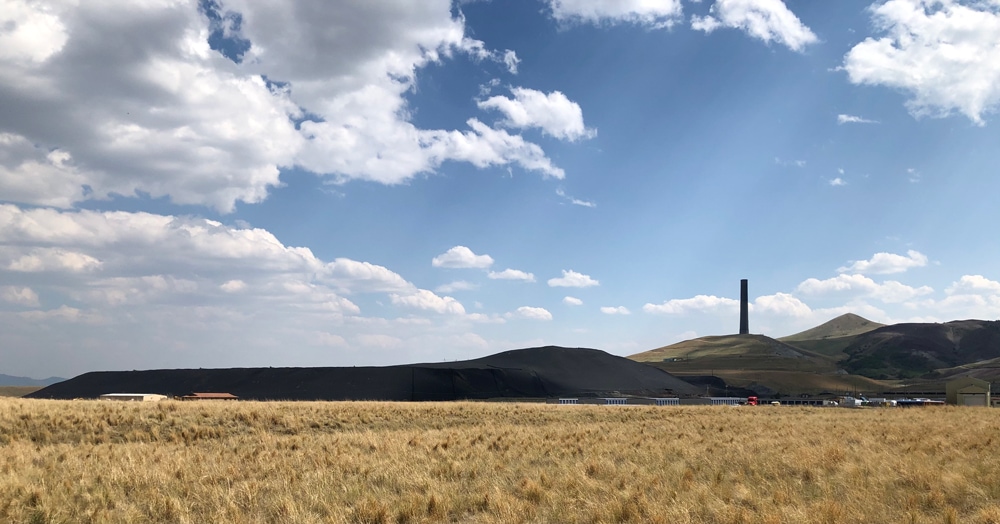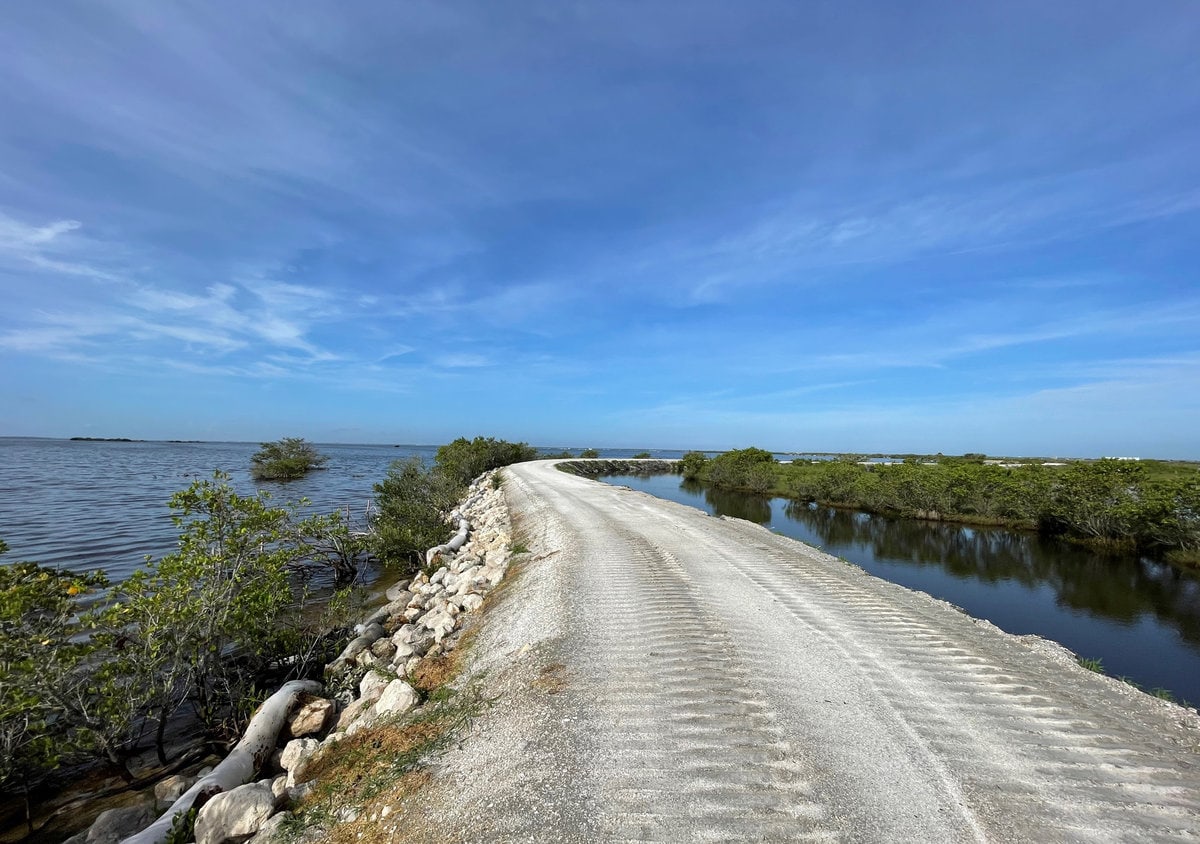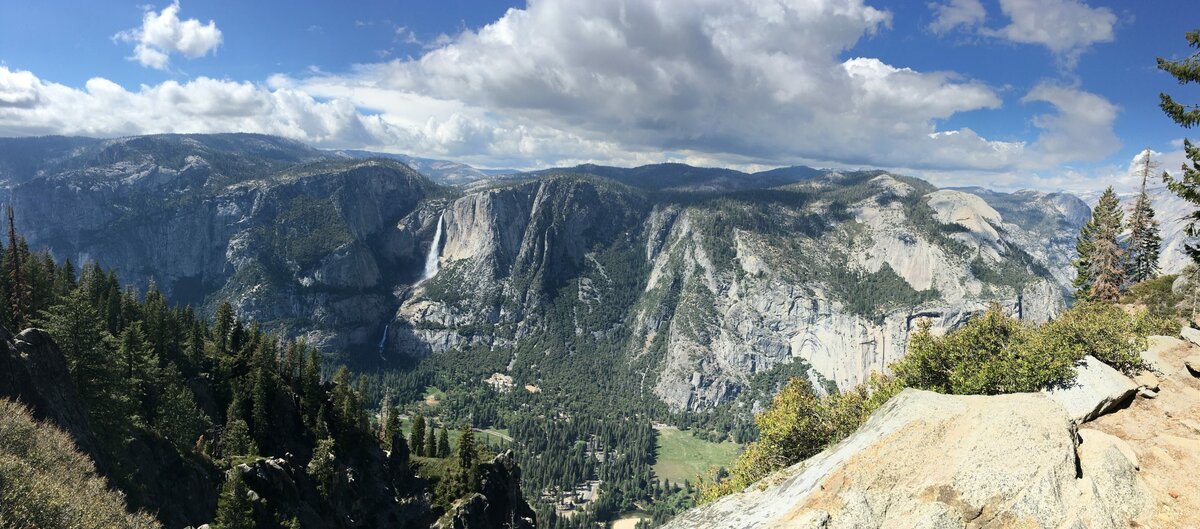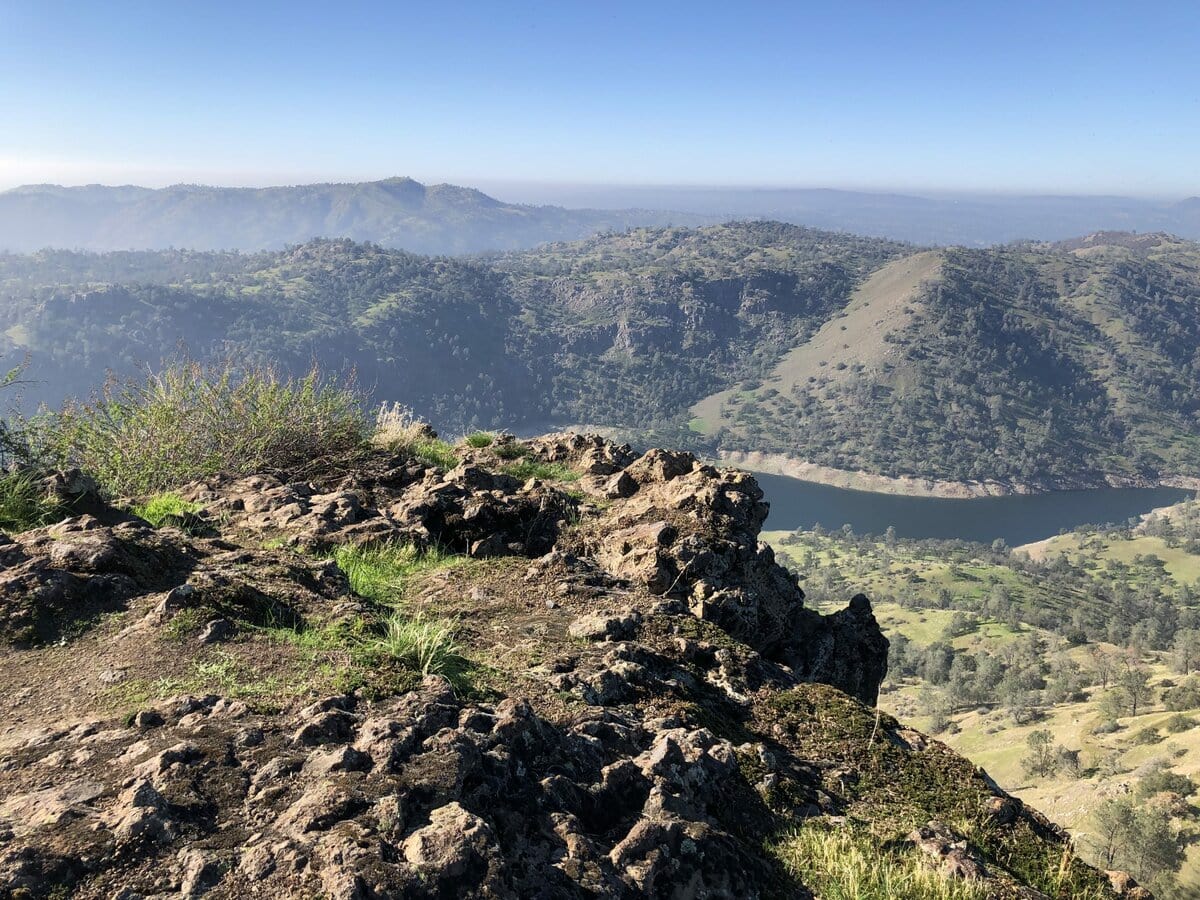Humanity has left its marks on nature. The Clark Fork River Superfund Complex in Montana is the largest and most expensive Superfund project in the history of the cleanup program. The project includes 120 miles of the Clark Fork River. Industrial scale mining for gold and other metals, particularly copper, began in the region in the late 19 th century. Copper-bearing ore mined in Butte, MT (including from the Berkeley Pit) was processed 25 miles away at the Anaconda Smelter. A flood in 1908 washed millions of tons of mining waste into the Clark Fork River. A significant portion of this waste traveled 120 miles down the river and collected behind the Milltown Dam in Missoula, MT. Beginning in 2006, the Milltown Dam and 3 million tons of contaminated sediments behind the dam were removed, the confluence of the Clark Fork and Blackfoot Rivers was restored, and a 635-acre park was created.







